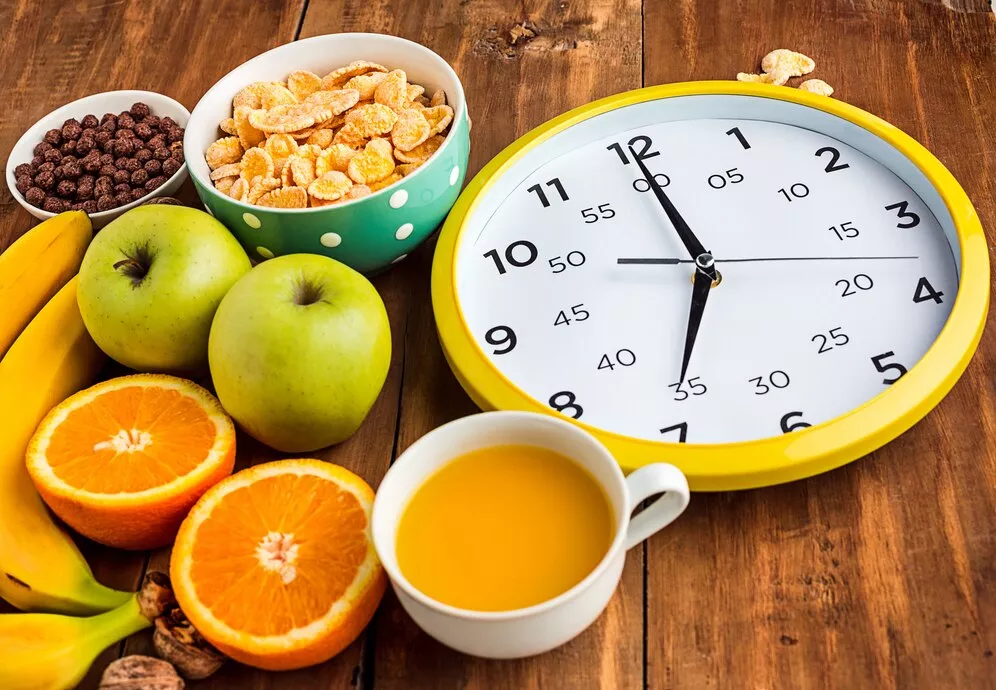If you’re dealing with insulin resistance, you’re likely searching for ways to manage your blood sugar levels and improve your health. One effective strategy that’s gaining attention is intermittent fasting (IF). But with so many fasting methods available, how do you know which one is best for insulin resistance? In this article, we’ll explore the top intermittent fasting schedules, explain how they work, and help you choose the right one for your needs. Let’s get started!
What is Insulin Resistance?
Insulin resistance happens when your body’s cells stop responding well to insulin, the hormone that controls blood sugar. When this happens, your pancreas makes more insulin to keep blood sugar levels stable.
Over time, this may cause high blood sugar, weight gain, and type 2 diabetes.
The good news? Intermittent fasting can help. By giving your body a break from constant eating, fasting can improve insulin sensitivity, lower blood sugar levels, and support weight loss. But not all fasting schedules are the same. Let’s look at the best options for insulin resistance.
Top Intermittent Fasting Schedules for Insulin Resistance

Here are the most effective fasting schedules for improving insulin sensitivity:
1. The 16:8 Method
How it works: You don’t eat for 16 hours and have all your meals in an 8-hour period. For example, you can eat between 10 a.m. and 6 p.m., then stop eating from 6 p.m. to 10 a.m. the next day.
Why it’s great for insulin resistance: This plan is easy to follow and allows your body enough time to reduce insulin levels and burn stored fat.
Tips for beginners: Begin with a 12-hour fast and slowly extend it to 16 hours. Stay hydrated by drinking plenty of water during the fasting period.
2. The 5:2 Diet
- How it works: You eat normally for 5 days a week and restrict your calories to 500-600 on 2 non-consecutive days.
- Why it’s great for insulin resistance: The calorie-restricted days help reduce insulin levels and improve metabolic health. For more details, check out our article on 5:2 Fasting and Insulin Resistance: Is It Effective?.
- Tips for beginners: Choose low-calorie, nutrient-dense foods on fasting days, like vegetables, lean protein, and healthy fats.
3. Alternate-Day Fasting
- How it works: You alternate between fasting days (where you eat very little or nothing) and regular eating days.
- Why it’s great for insulin resistance: This schedule can significantly lower insulin levels and improve blood sugar control.
- Tips for beginners: Start with a modified version, like eating 500 calories on fasting days, and gradually work up to full fasting.
4. OMAD (One Meal a Day)
- How it works: You eat just one meal a day, usually within a 1-hour window, and fast for the remaining 23 hours.
- Why it’s great for insulin resistance: Eating one meal a day can help stabilize blood sugar and reduce insulin spikes.
- Tips for beginners: Make sure your one meal is balanced and includes protein, healthy fats, and fiber to keep you full.
5. Eat-Stop-Eat
- How it works: You fast for 24 hours once or twice a week. For example, you might stop eating after dinner one day and fast until dinner the next day.
- Why it’s great for insulin resistance: A 24-hour fast gives your body a long break from insulin production, which can improve sensitivity.
- Tips for beginners: Start with shorter fasts and gradually work up to 24 hours. Stay hydrated and avoid intense exercise on fasting days.
How to Choose the Right Fasting Schedule
Not sure which fasting schedule is right for you? Here are some factors to consider:
- Your lifestyle: Choose a schedule that fits your daily routine. For example, if you’re busy in the mornings, the 16:8 method might work well.
- Your health goals: If you’re looking for steady blood sugar control, the 16:8 or 5:2 methods are great options. For more dramatic results, try alternate-day fasting or OMAD.
- Your experience level: If you’re new to fasting, start with a simpler schedule like 16:8 and work your way up.
Tips for Success with Intermittent Fasting

Stay Hydrated: Stay hydrated by drinking water, herbal tea, or black coffee while fasting.
Eat Nutrient-Dense Foods: Eat nutritious foods like vegetables, lean protein, healthy fats, and complex carbs during your eating time.
Listen to Your Body: If you feel dizzy or weak, break your fast with a small, balanced meal.
Be Consistent: Stick to your chosen schedule for at least 4-6 weeks to see results.
Final Thoughts
Intermittent fasting can help improve insulin resistance, but it’s important to pick the right schedule and follow it safely.
Whether you start with the 16:8 method or try alternate-day fasting, the key is consistency and listening to your body.
For more insights on how intermittent fasting can help manage insulin resistance, check out our detailed guide: How Intermittent Fasting Can Help Manage Insulin Resistance.
Remember, intermittent fasting isn’t a one-size-fits-all solution. Try different fasting schedules, monitor your progress, and talk to your doctor if you have any concerns. With consistency and patience, you can manage insulin resistance and improve your health.
FAQs About Intermittent Fasting and Insulin Resistance
1. Is intermittent fasting safe for diabetics?
Yes, but it’s important to consult your doctor before starting. Fasting can affect blood sugar levels, so you may need to adjust your medication.
2. Can I exercise while fasting?
Yes, light to moderate exercise is fine. However, avoid intense workouts during longer fasts.
3. What if I feel hungry during fasting?
Hunger is normal, especially when you’re starting out. Drink water or herbal tea to curb cravings.
4. How long does it take to see results?
Most people notice improvements in insulin sensitivity and energy levels within a few weeks.
5. Can I drink coffee or tea during fasting?
Yes, as long as you don’t add sugar or cream. Black coffee and unsweetened tea are great options.
